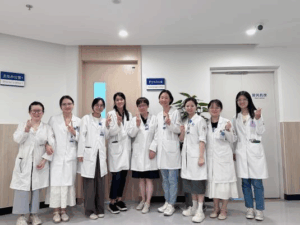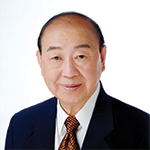After nearly two full days of flying, I finally arrived at my destination—Hangzhou, China, a modern metropolis with a rich history. As I looked out the car window, skyscrapers loomed against a backdrop of lush green vegetation. Over the next two weeks, I would be working in this bustling city of 11 million, home to both ancient culture— it was the capital of the Southern Song Dynasty more than 1,000 years ago—and cutting-edge innovation.
Through a partnership between my institution and Sir Run Run Shaw Hospital (SRRSH), I had the opportunity to explore firsthand how healthcare systems differ across cultures. SRRSH, founded in 1994 and affiliated with Zhejiang University Medical School, is a large hospital complex with nine buildings housing 1,200 inpatient beds, research centers and outpatient clinics.
Upon my arrival at SRRSH, I noticed that the subway station led directly into the hospital. The seamless integration of public transportation into healthcare facilities was a striking contrast to the U.S., where such connectivity is rare. The lobby was expansive, with multiple levels that drew the eye up to the high ceilings. Although it was 5 p.m., the hospital was still bustling.
The Outpatient Clinic
Yongmei Han, MD, chief of rheumatology, and senior fellows Ning Shen, MD, and Nan He, MD, warmly welcomed me. I began my rotation in the outpatient clinic, where the differences from the U.S. system were immediately apparent.
Outside the doctor’s door, I could hear patients chatting and waiting for the clinic to open. One patient remarked, “It’s not time yet,” as the minute hand inched toward 8:00 a.m.
As soon as the minute hand hit the hour, the first patient walked in and declared, “I’m the first patient!”
In contrast to U.S. outpatient clinics, which run on scheduled appointments, here, patients take a number and line up to be seen. Arriving early to secure a number is crucial because each half-day clinic session had a limited number of spots available. As in the U.S., patients would sometimes ask to be seen as add-ons if there were no spots left, and I noticed the doctors often obliged.





